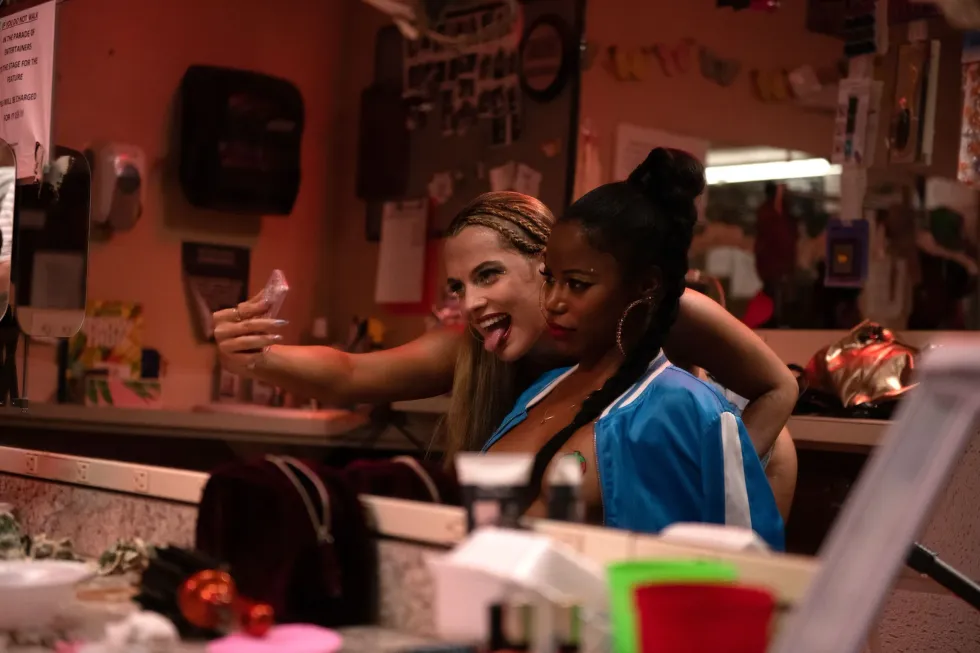Cinematographers, Keep These Tips in Mind when Creating Your Portfolio
One of the keys of landing more work as a cinematographer is having a damn good portfolio website.

Part of being a cinematographer means putting your work where potential clients can see it, marvel at it, and contact you for projects. Having your own portfolio website is the perfect place for them to do just that. However, a few design missteps can render your site ineffective and difficult to navigate, so here to give you a few tips on how to make your portfolio website both functional and interesting is Matthew Workman of Cinematography Database.
Here is a brief rundown of the three tips Workman mentions in his video:
1. Include only your best work.
The purpose of your portfolio is to show potential clients your awesome capabilities as an artist, so include only your absolute best work. Don't tack on a handful of subpar projects because you think your site needs a little cushion (if that's the case, go out and do more great work). Like a great movie, it's supposed to grab their attention right from the start, so put the best of the best first. A few of Workman's suggestions include having "sexy" thumbnails for each of your videos and showing only 6-9 projects—don't overdo it.
2. Make it easy to find your contact info.
You've done it! You've successfully made a client interested enough to get ahold of you, but if your contact info is buried somewhere within the labyrinth you call your portfolio website, their interest is going to dry up quick. Create a "Contact" page and include only pertinent information: name, email, and phone number (or your agent's info). You could include your address, but that depends on what city you live in and where your client base is located. (If you live and work in L.A., including this would make sense.)
3. Instagram your ish
Okay, Instagram isn't just for sharing copious amounts of bathroom selfies, you guys. It can also be used to network, as well as showcase your work. The idea here is to show the world who you are as a creative, so maybe don't include obligatory food shots or social brags about your vacation in Cabo—you've got your personal IG for that. Last but not least, be sure to link your Instagram account to your website, so clients can stalk you (for all the right reasons, of course). By the way, if you're not too sure about having an IG account, just remember that Chivo Lubezki has one, so there's no shame in that game.
If you're interested in designing your own portfolio website, some good platforms to check out are Wix, Weebly, WordPress, and SquareSpace. Many of them offer free portfolio templates that you can use, at least in the beginning, to establish your site.
What do you think the best portfolio websites contain? Do you think you have an awesome site that others could learn from? Share it with us down in the comments!
Source: Cinematography Database













